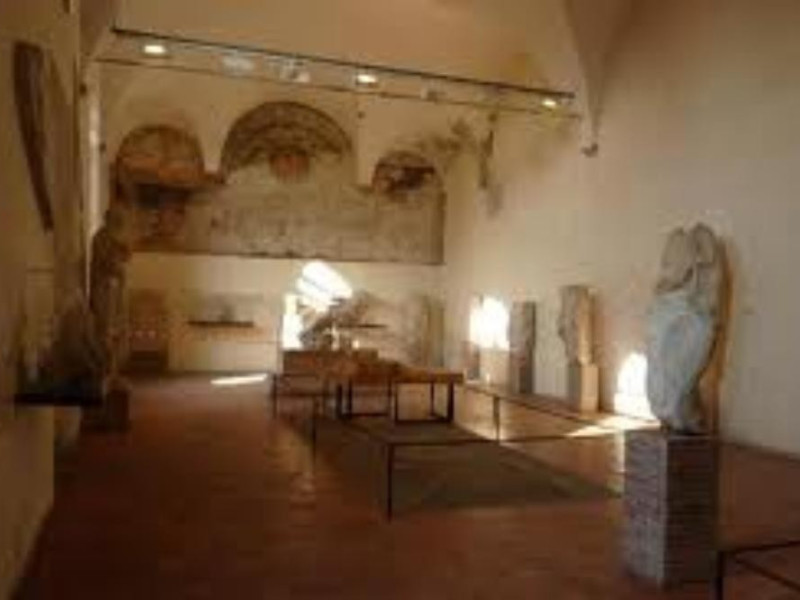Museo archeologico al teatro romano di Verona
Construction on the theatre dates to the last quarter of the first century B .C., during the height of the Augustan age. Building continued for several decades, resulting in a magnificent structure set in an urban context of great beauty. The recovery of the remains of the theatre, begun in 1834 under the patronage of Andrea Monga, a wealthy Veronese citizen who purchased all of the surrounding houses that had been built over the centuries, has proved that the edifice respects the architectural canons of this building type: the seating area for spectators, divided in two sections and vertically in wedges; the semi-circular orchestra at the foot of the staircase; the stage, for the actors. During the summer the theatre hosts numerous theatrical and musical events. The Archaeological Museum was founded in 1923 in the former fourteenth-century Jesuit convent of San Girolamo, situated above the theatre. The collection includes Greek vases, mosaics, sculpture, glass objects and items of everyday use from ancient burial sites, as well as sacred and tomb inscriptions found in Verona and its provinces.

